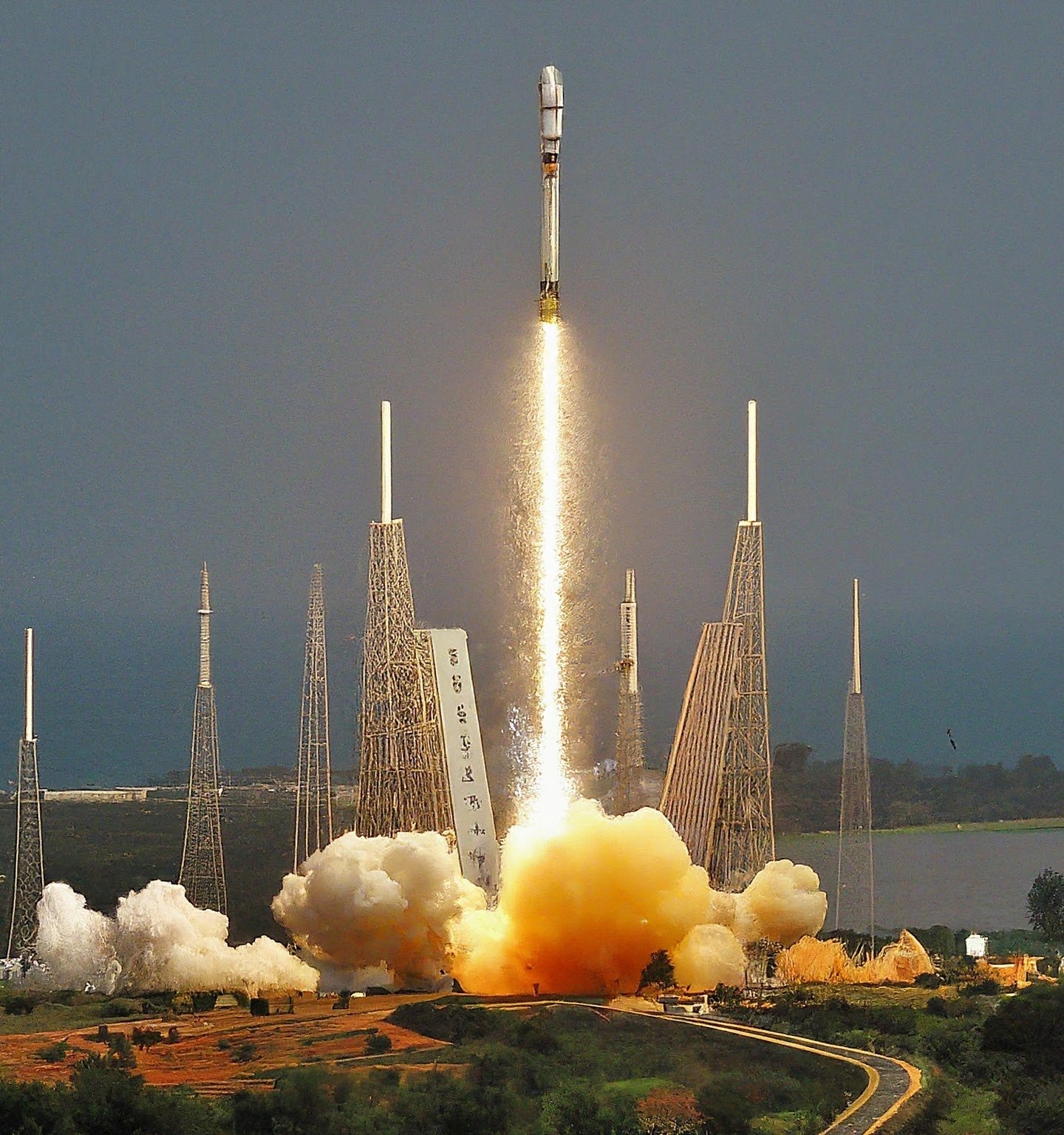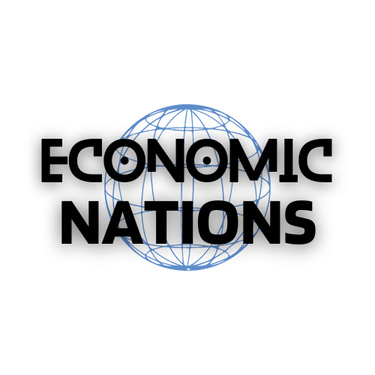ISRO's SSLV: Pioneering the New Space Age
EMERGING FUTURE
8/17/20245 min read




PIC: Gemini ai
As the world transitions from the Internet age to what can be aptly termed the Space Age, initiatives like the Indian Space Research Organisation’s (ISRO) Small Satellite Launch Vehicle (SSLV) are poised to play a pivotal role. The SSLV marks a significant milestone not just for India but for the global space economy, which is set to expand exponentially over the next few decades. With a rapidly growing demand for satellite launches, driven by both governmental and private entities, the SSLV is a harbinger of a new era in space exploration, one characterized by cost efficiency, flexibility, and increased accessibility.
The SSLV: A Game Changer in Satellite Launches
The development of the SSLV by ISRO is a response to the evolving needs of the global satellite launch market. Unlike the larger Polar Satellite Launch Vehicle (PSLV) and the Geosynchronous Satellite Launch Vehicle (GSLV), which were designed to carry heavier payloads into low Earth orbit and geostationary orbit respectively, the SSLV is tailored for smaller, lighter payloads. This makes it ideal for the burgeoning market of small satellites, which are increasingly being used for applications ranging from Earth observation to communication and scientific research.
What sets the SSLV apart is its design philosophy centered around low cost, rapid turnaround, and minimal infrastructure requirements. The vehicle's compact design, requiring just 72 hours and a small team for integration, contrasts sharply with the months-long preparations needed for larger rockets. This "launch-on-demand" capability is crucial in an era where agility and speed are paramount. For small payload operators, who previously had to wait for a slot on larger missions, the SSLV offers an opportunity to launch according to their own schedules, thus democratizing access to space.
Transforming the Global Space Economy
The implications of SSLV and similar developments extend far beyond individual satellite launches. We are witnessing the early stages of a transformation in the global space economy, akin to the tech boom fueled by the advent of the Internet. The SSLV’s success will likely spur further investments in the space sector, encouraging the entry of new players and fostering innovation in satellite technology, launch systems, and space-based services.
The statistics are compelling. By 2025, it is projected that over 20,000 new satellites will be placed into orbit, necessitating a corresponding increase in launch capabilities. This explosion in satellite deployment is driven by a multitude of factors, including the demand for global broadband coverage, advanced Earth observation systems, and the deployment of large-scale constellations for various commercial and governmental purposes. The SSLV, with its ability to carry payloads of up to 500 kg, is perfectly positioned to serve this market segment, providing a reliable and cost-effective launch solution.
Moreover, the SSLV represents a strategic move by ISRO to enhance India’s position in the global space race. By transferring SSLV technology to private industry through NewSpace India Limited (NSIL), ISRO is not only ensuring that SSLVs will be available for commercial missions but is also paving the way for a robust space industry in India. This aligns with the broader global trend of increasing private sector participation in space exploration, as seen with companies like SpaceX, Blue Origin, and others, who are pushing the boundaries of what is possible in space.
PIC: Gemini ai
Who We Are:
The Economic Nations champions global unity through economic collaboration, focusing on sustainable growth, reducing inequalities, and enhancing global relationships for mutual prosperity and peace.
______________________________________
The Space Age: Beyond Satellite Launches
The advent of the Space Age, characterized by initiatives like SSLV, goes beyond merely launching satellites. It heralds a new era where space becomes a crucial frontier for various economic, scientific, and strategic activities. As space technology becomes more accessible and affordable, we are likely to see an expansion in space-based applications that were previously the domain of a few advanced nations.
For instance, Earth observation satellites like EOS-08, launched using SSLV, are becoming indispensable tools for environmental monitoring, disaster management, and resource mapping. These satellites provide critical data for understanding and addressing global challenges such as climate change, deforestation, and natural disasters. Additionally, advancements in satellite technology are enabling new scientific research, such as the study of gamma radiation and ocean monitoring, which could lead to breakthroughs in our understanding of the universe and our planet.
The economic implications of these developments are profound. The space economy, valued at approximately $469 billion in 2021, is expected to grow significantly in the coming years. This growth will be driven by the increasing demand for satellite-based services, the expansion of space exploration activities, and the development of new space-based industries such as space tourism and asteroid mining. The SSLV, with its focus on cost efficiency and rapid deployment, is likely to be a key enabler of this growth, providing the launch capabilities needed to support the expansion of the space economy.
The Challenges and Opportunities Ahead
Despite the optimistic outlook, the transition to the Space Age is not without its challenges. The rapid increase in satellite launches raises concerns about space debris, which could pose significant risks to future missions. Ensuring the sustainability of space activities will require international cooperation and the development of new technologies for debris mitigation and removal.
Moreover, as the number of space-faring nations and private companies increases, the competition for orbital slots and launch windows will intensify. This could lead to regulatory challenges and necessitate the development of new frameworks for managing space traffic and ensuring the equitable use of space resources.
However, these challenges also present opportunities for innovation. The demand for more efficient launch systems, satellite technologies, and space traffic management solutions is likely to drive further advancements in the space industry. Companies that can develop reliable, cost-effective solutions to these challenges will be well-positioned to thrive in the emerging space economy.
Conclusion: A New Frontier for Humanity
The SSLV is more than just a new launch vehicle; it is a symbol of the broader transition to the Space Age. As ISRO and other space agencies around the world continue to push the boundaries of space exploration, we are entering a new era where space becomes an integral part of our daily lives. The innovations being developed today will lay the foundation for future generations to explore, utilize, and benefit from space in ways that we can only begin to imagine.
As we stand on the cusp of this new age, the possibilities are limitless. The success of initiatives like the SSLV will determine how quickly and effectively we can harness the potential of space to address global challenges, drive economic growth, and expand our understanding of the universe. The Space Age is upon us, and with it comes the promise of a future where space is no longer the final frontier, but a new domain of human endeavor and achievement.
Contacts
enquiry@economicnations.org
(xx) 98-11-937-xxx (On verification)
